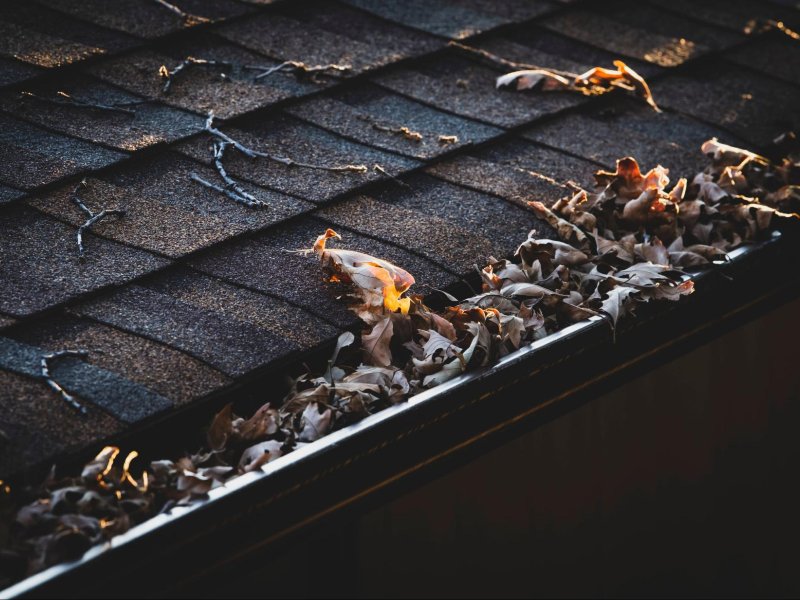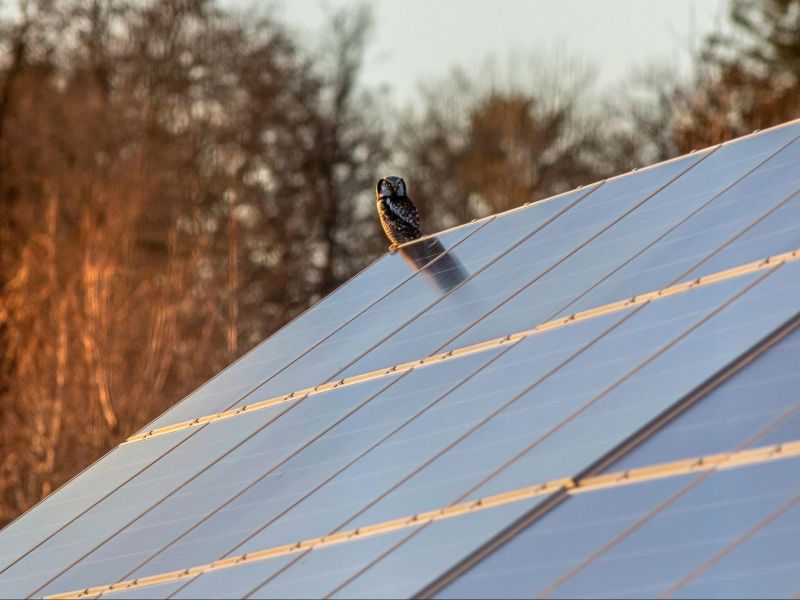Pressure washing has become a popular and effective method for cleaning various surfaces due to its versatility, efficiency, and impressive results. It utilizes high-pressure water to remove dirt, grime, mold, mildew, and stains from different surfaces, restoring their original beauty and extending their lifespan. This cleaning technique is not limited to just one type of surface but can be applied to a wide range of materials, including siding, brick, concrete, and many more.
The Science Behind Pressure Washing
Before delving into the versatility of pressure washing, it’s essential to understand how this cleaning technique works. Pressure washing employs a specialized machine that pumps water at a high pressure through a nozzle, generating a powerful stream of water. The pressure can be adjusted based on the surface being cleaned to ensure effective cleaning without causing any damage.
The pressure exerted by the water effectively loosens and dislodges dirt, debris, algae, and other contaminants from the surface. Additionally, pressure washing is often combined with cleaning agents or detergents to enhance its cleaning power, making it even more effective in tackling tough stains and grime.
Siding: Revitalizing Exterior Surfaces
Siding is a common material used to cover the exterior of residential and commercial buildings. Over time, it accumulates dirt, dust, mold, mildew, and other pollutants, which can significantly diminish its appearance. Regular pressure washing can breathe new life into siding, making it look as good as new.
Vinyl, wood, fiber cement, and aluminum siding are all suitable candidates for pressure washing. When dealing with more delicate materials like wood, a lower pressure setting and proper technique must be employed to prevent damage. However, pressure washing is a far more efficient and safer alternative to manual scrubbing or using chemical cleaners that may have adverse environmental impacts.
Brick and Masonry: Restoring Timeless Elegance
Brick and masonry structures are renowned for their timeless charm and durability. However, they are also susceptible to dirt, grime, algae, and moss buildup, particularly in damp and shaded areas. Pressure washing can effortlessly remove these unwanted elements, restoring the natural beauty of brick surfaces.
The power of pressure washing can also be used to remove old paint from brick walls, preparing them for new paint or to return to their original, rustic appearance. As with wood siding, using the appropriate pressure level and technique is crucial to avoid chipping or damaging the brickwork.
Concrete: Eliminating Stubborn Stains
Concrete surfaces, such as driveways, sidewalks, patios, and parking lots, endure heavy foot and vehicle traffic daily. Consequently, they accumulate oil stains, tire marks, grease, and other unsightly substances. Traditional cleaning methods may struggle to remove these stubborn stains, but pressure washing can handle them effectively.
The high-pressure water stream can dislodge oil and grease from the porous concrete surface, leaving it clean and polished. For particularly challenging stains, pressure washing companies may use hot water or specialized detergents to achieve optimal results.
Decks and Fences: Preserving Natural Beauty
Wooden decks and fences are susceptible to weathering, rot, and mold growth. Pressure washing is an excellent solution to preserve their natural beauty and longevity. By removing accumulated dirt, mold, and algae, pressure washing helps prevent premature deterioration and the need for costly repairs.
However, when pressure washing wooden surfaces, caution is required. The pressure should be adjusted to avoid splintering or gouging the wood, and the nozzle should be kept at a proper distance to ensure even cleaning without causing any damage.
Roof Cleaning: Protecting Your Investment
The roof is one of the most critical components of a building, protecting it from the elements. Over time, it can accumulate dirt, debris, algae, and moss, which can lead to deterioration and reduce its lifespan. Pressure washing is an effective way to clean roofs, removing these contaminants and restoring their integrity.
It is essential to hire a professional for roof pressure washing, as incorrect techniques or excessive pressure can damage the shingles and lead to water intrusion. Professionals are trained to use low-pressure and gentle cleaning methods that ensure a thorough cleaning without compromising the roof’s structural integrity.
Precautions and Environmental Considerations
While pressure washing is a versatile and effective cleaning method, it’s essential to exercise caution and adhere to best practices to avoid any damage or adverse effects:
Proper Pressure and Nozzle Selection: Different surfaces require different pressure levels. Using excessive pressure on delicate materials can lead to irreversible damage. Choosing the appropriate nozzle and maintaining a safe distance from the surface is crucial to avoid any mishaps.
Eco-Friendly Cleaning Agents: While pressure washing itself is relatively eco-friendly, the use of harsh chemical cleaning agents may have detrimental effects on the environment. Whenever possible, opt for biodegradable and environmentally friendly detergents to minimize the ecological impact.
Professional Expertise: For complex or delicate cleaning tasks, it is wise to seek the services of professional pressure washing companies. Their expertise and experience ensure that the cleaning process is efficient and safe.
Water Conservation: While pressure washing uses water more efficiently than traditional cleaning methods, it is still essential to conserve water where possible. Collecting and reusing water, especially for residential pressure washing, can contribute to responsible water management.
Conclusion
Pressure washing is a versatile and powerful cleaning technique that can rejuvenate a wide range of surfaces, from siding to brick, concrete, decks, fences, and even vehicles. Its efficiency, effectiveness, and ability to remove tough stains and contaminants have made it a popular choice for residential and commercial cleaning tasks.
However, it is essential to approach pressure washing with caution and adhere to best practices to avoid any unintended consequences. By using the appropriate pressure levels, eco-friendly cleaning agents, and seeking professional help for complex tasks, we can harness the full potential of pressure washing while protecting our environment and preserving the integrity of the surfaces we clean.







